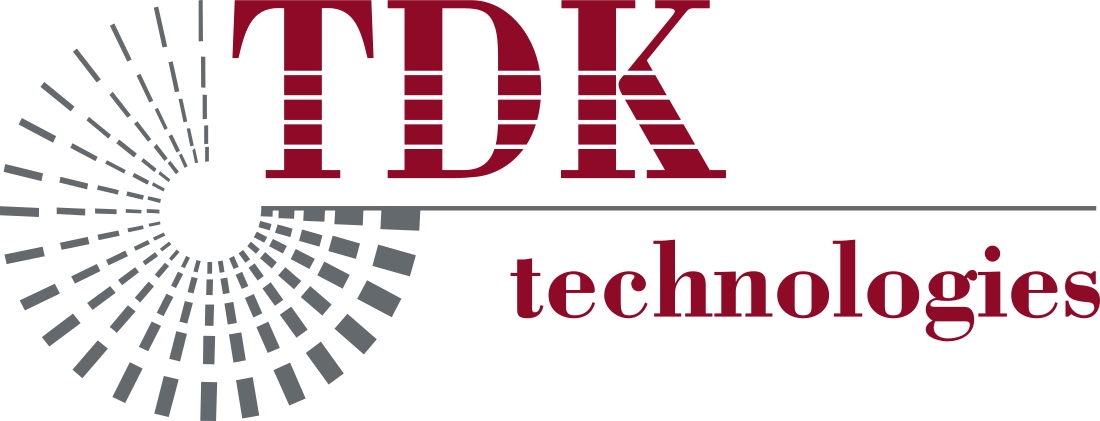Improving Technology Consultant and Customer Communication
A lot rides on the things people say when information technology (IT) consultants interact with clients. Good communication is the foundation for building lasting and valuable relationships with customers; poor communication is a great way to damage those relationships.
“Individual professional development and the organization’s business growth are by-products of communicating effectively.”
Start with the Basics
Good communication starts with treating one another with respect. Keep in mind:
- Always be polite in any conversation.
- If it’s a scheduled meeting, be on time. If something happens that makes it impossible, let the other parties know as soon as possible that you’ll be late (preferably before you’re already late), and apologize when you do arrive.
Keep it Simple…and Practice
For most people, communication is not something that comes naturally, but good communication is not rocket science.
It is common for software developers to have daily interaction with clients, so it should be a priority for individuals to effectively express themselves within those interactions to both maintain, and ideally grow, the relationships.
Some tips to remember:
- Avoid technical jargon. Try to talk in terms your audience will understand.
- Use every interaction as an opportunity to practice.
- Casual, non-business conversation can break the ice and make people feel comfortable.
- Keep communication clear and concise.
- Think about the impact to others if they don’t receive the information.
Effective Customer Interactions
Effective communication is not a checklist. It’s made up of customer service, personal courtesy and conversations that reveal issues which need to be solved. Understanding communication channels, along with the client’s preferred method of receiving information, are important aspects. Various tools can be used to facilitate communication with customers and across teams.
Email provides a record of the conversation, is easily searchable and offers a great way to communicate with multiple people – but the tone and context may be left to the reader’s interpretation.
Some tips for effective use of email:
- Think about what you want to say – and how to say it – before you write.
- If you’re uncertain of the tone or context, have a colleague read it before sending.
- Reserve “To:” recipients for those you need a specific action from.
- Be thoughtful about who you include in the “CC:” – will “Reply All” be productive?
- Avoid long e-mail chains – if there are more than three responses, you need to have a conversation (not continue the email chain).
Video Conferencing
The COVID-19 pandemic has changed the way most of us work. Video conferencing tools have allowed us to continue face-to-face interaction, even when we can’t be in the same building. Tools such Microsoft Teams and Zoom allow for screen-sharing and enable teams to meet virtually.
Online Chat
Collaboration tools including Slack and Microsoft Teams let users communicate through chat rooms dedicated to topics or 1:1. These tools track the history of the conversation, allowing users to reference back when necessary.
Text
Virtually everyone with a cell phone is available by text, and it has become a commonplace platform for work communication. Many prefer texting to other forms of communication; be careful not to assume that is the case for your recipient. Always start with “Do you have a minute?”, especially if texting off-hours.
Telephone
Sometimes it’s best to have a live conversation. Phone calls still work great for resolving questions quickly and getting team members on the same page.
Discussing Sensitive Topics
Being able to talk about sensitive topics is crucial to affecting positive change and becoming a trusted advisor for clients. Depending on what is said and how the message is delivered, the outcome can be positive and begin building the bridge to change.
Here are some ideas on how to handle sensitive situations.
Be Brief: Keep it short and on topic. Don’t bring up old issues.
Be Positive: Don’t be a cheerleader but stay away from the blame game. Ask for what you want, instead of what you don’t want.
Be Specific: Address specific behaviors and incidents. Ask for something specific and measurable.
Label Your Feelings: Letting others know what you are feeling helps break down walls.
Be Understanding: This shows you are listening and appreciate other perspectives.
Accept Responsibility: Everyone plays a role. Assuming responsibility for your part can help.
Offer to Help: How can I help? What can I do?
A lot of issues are emotionally charged, even in the development environment. Take a moment, pause, and think about what you’ll say before you say it. When trying to build a trusted advisor role with a client, don’t let frustrations emerge through any of the communication channels.
If there’s any doubt, then don’t say it. All it takes is one word, one phrase, one frustration or one outburst to effectively ruin that relationship.
Sometimes difficult things need to be said. How you deliver those messages is important. Be prepared and make your point clearly. Address the issue directly, accept responsibility where appropriate, provide a solution, and offer ways to prevent the problem in the future.
To Recap
Technology consultants who take initiative to improve the way they interact with those who will ultimately use their services increase the probability of advancing their careers. Clear communication demonstrates technical acumen and enhances your professional reputation. It also makes you someone clients will want to work with in the future.
